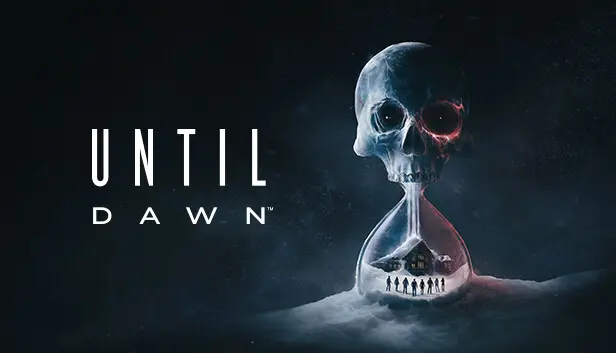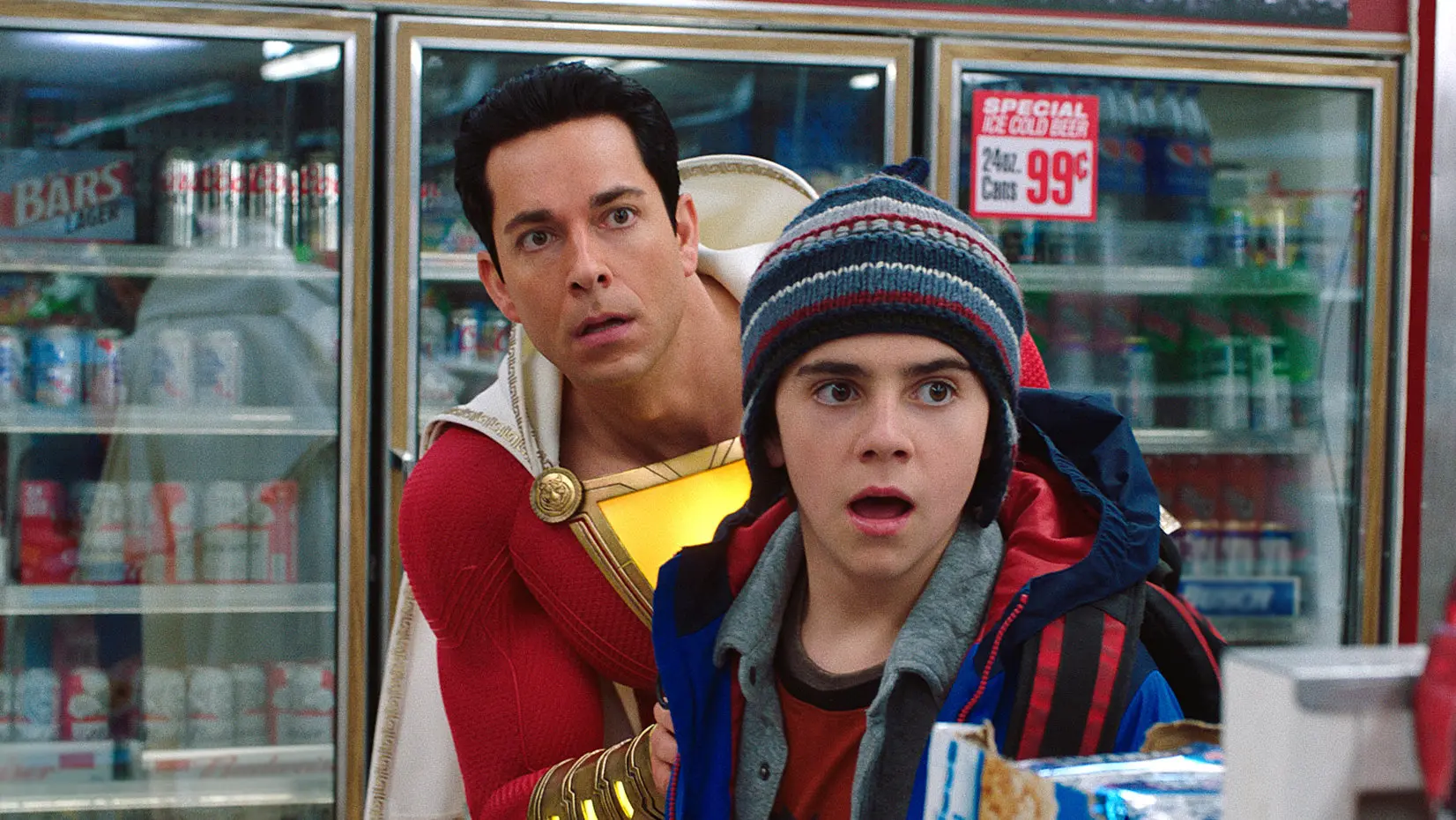Following the intense response to his work on Shazam! and Shazam: Fury of the Gods, director David F. Sandberg had not planned on returning to franchise filmmaking. The backlash from fans had left a lasting impact, leading him to step away from IP-based projects—at least for a time. Now, as his new adaptation of Until Dawn prepares to hit theaters, Sandberg reflects on what convinced him to take another leap into the world of established properties.
He shared that what drew him to Until Dawn was how the script approached the adaptation. Sandberg explained that what he appreciated most was that the screenplay didn’t attempt to directly replicate the original horror game. Instead, it took a fresh direction while preserving the eerie atmosphere that fans love. “Trying to shrink ten hours of gameplay into a couple of hours wouldn’t work,” he said, noting the importance of maintaining the tone while doing something new.

The Burden of Fan Expectations
Sandberg acknowledged the intense scrutiny that often comes with adapting beloved franchises. He remarked that fan reactions can become overwhelming, sometimes even hostile. Reflecting on his experience with Shazam 2, he revealed that the reaction was so extreme it made him consider avoiding IP films entirely in the future. According to him, it reached a point where the negativity outweighed the creative reward.
Despite these concerns, he found Until Dawn too compelling to pass up. When the script landed in his hands, Sandberg saw an opportunity to explore a variety of horror elements in a way that excited him creatively. He mentioned how the film’s use of a time loop mechanism felt particularly innovative and faithful to the spirit of the game, evoking the replayable nature and decision-making that fans of the original title would recognize.
A New Strategy for Adaptation
Sandberg believes that adapting a game by trying to copy it exactly is a losing strategy. He suggested that replicating the original too closely would inevitably lead to criticism, particularly since the original cast has aged and recreating their performances wouldn’t satisfy longtime fans. Instead, he emphasized that doing something new with respect for the original is a more promising approach.
He noted that the writers’ idea to include a night that resets, mimicking the game’s loop-based design, was a brilliant way to integrate gameplay mechanics into a film structure. This approach allowed the adaptation to maintain the game’s essence without directly mirroring it.
A Horror Release with High Hopes
Until Dawn was written by Blair Butler and Gary Dauberman and stars Ella Rubin in the lead role. The film is scheduled to premiere in theaters on April 25, 2025. Sandberg hopes that this new take will resonate with audiences and demonstrate how game adaptations can succeed by honoring their roots while evolving creatively.
